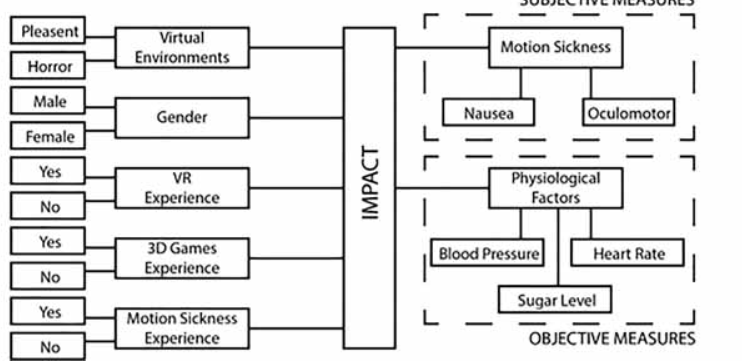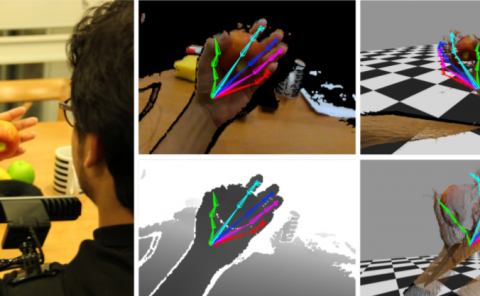Motion Sickness in Virtual Reality: An Empirical Evaluation
PubDate: July 2020
Teams: COMSATS University Islamabad;FAST University (NUCES) Islamabad;Medical Hospital
Writers: Umer Asghar Chattha; Uzair Iqbal Janjua; Fozia Anwar; Tahir Mustafa Madni; Muhammad Faisal Cheema; Sana Iqbal Janjua
PDF: Motion Sickness in Virtual Reality: An Empirical Evaluation

Abstract
Due to rapid growth in Virtual Reality (VR) technology, the industry of VR is expected to grow around $26.89 billion by 2022. However, with its extensive growth and immersive inclusion in human life, health-related issues are reported including, but not limited to nauseated feeling, vomiting, dizziness and cold sweats. These issues introduce a well-known side effect termed as motion sickness in VR users. Consequently, motion sickness limits the VR community in the full adaptation of this immersive technology. Since there is no lack of literature investigating motion sickness caused by VR, yet researches on the effect of VR on human’s physiology is still in its infancy. This study presents novel findings, by comparing different factors such as gender, motion sickness experience, 3D games experience and VR experience. Furthermore, it reports the impact of concerning factors in a within-subjects design (46 participants participated in an experiment) under different virtual environment genres. The key findings of this article report that there is a significant difference in the amount of motion sickness when shifting from pleasant to the horror genre of the environment and having a strong dependence on gender. Moreover, the type of virtual environment is an essential factor that has a notable effect on the user’s blood pressure, blood sugar and heart rate. However, past experiences with motion sickness and 3D games show no significant impact on the user’s level of motion sickness.



